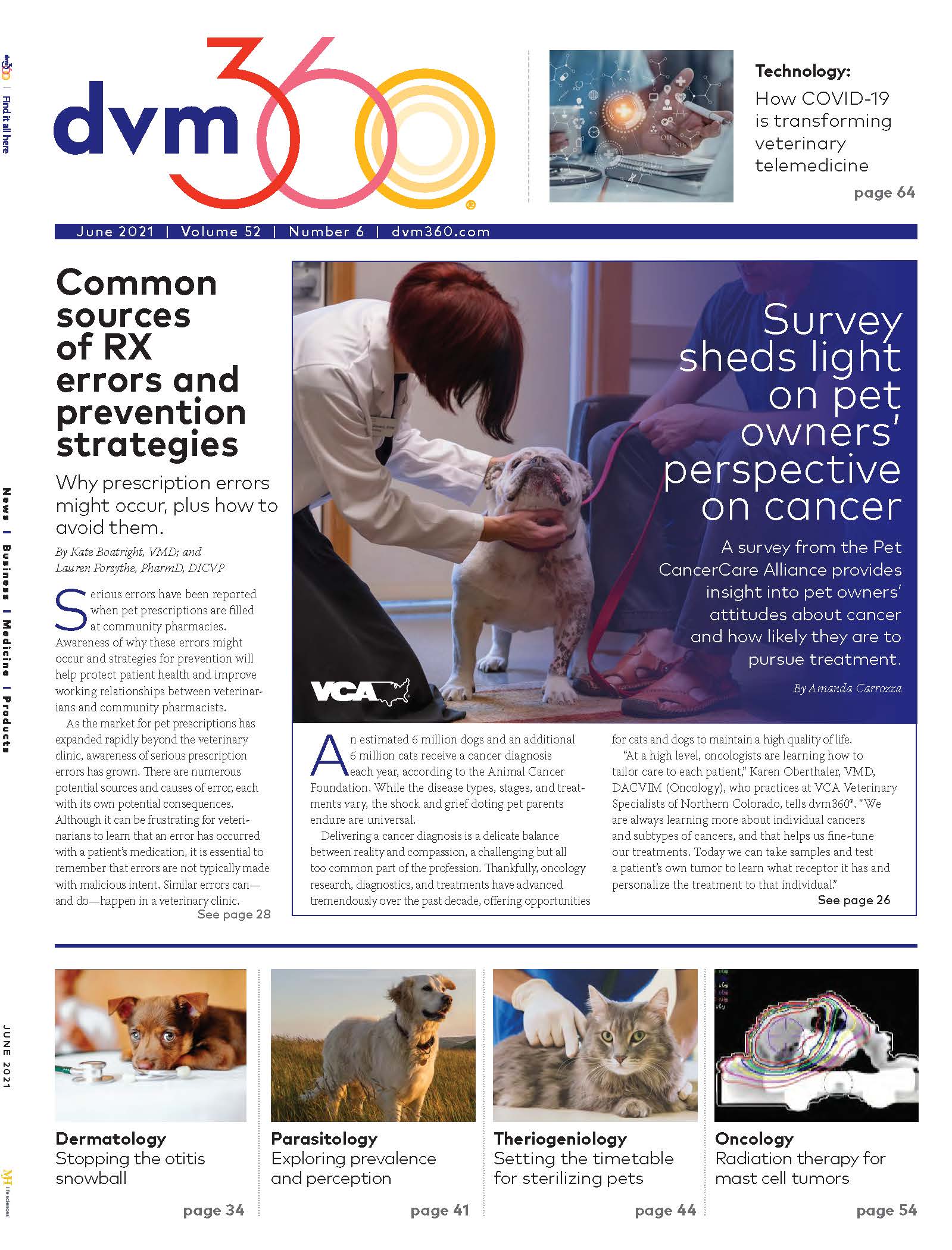The dilemma: Lessons learned during the COVID-19 pandemic
Should you assess your veterinary team’s performance before transitioning into a post-pandemic world?
Park Animal Hospital, like many veterinary facilities, had a challenging year. But there was finally light at the end of the tunnel. Dr Hays, the clinic’s owner, was strategizing how to transition her team back to pre-COVID-19 normalcy and decided to perform a detailed assessment of staff performance during the pandemic.
Mistakes were made, innovations were created, and policies were changed, all topics Dr Hays decided to discuss in 3 separate “COVID-19 exit meetings.”
Assessing mistakes
There was no shortage of mistakes presented by the staff to the clinic administration in the “mistakes” meeting. Staff members also expressed their concerns about mandating COVID-19 vaccination. Hospital leadership decided that they would strongly recommend vaccination, but refusal was not grounds for termination.
Staff members also noted that were overwhelmed by the increased client load during the pandemic and suggested that hours be shortened and new clients temporarily suspended to ease the burden.
New innovations
During the innovations meeting, team members highlighted the benefits of pandemic protocols on their overall health and safety. For example, all team members were assigned a pen for their personal use. Additionally, on-duty staff was given personal cell phones, and social distancing was maintained in the breakroom and lunch area at all times. Anyone with a non-COVID-19 illness was encouraged to self-quarantine.
Curbside innovations were the most dramatic, according to hospital staff. Parking spots were enhanced with signage with specific instructions for client check-in. The team also offered amenities and frequent updates to clients who had to remain in their cars for extended periods. Some euthanasia procedures were performed in larger vehicles such as SUVs and vans so that family members could still be present. The goal of these innovations was to maintain staff safety without compromising compassionate pet owner and pet care.
The “new normal”
The final meeting focused on “new normalcy policies.” This new normal would never equate to pre-COVID-19 normal. Although the pandemic would eventually get better, the threat would not fully disappear. That's why Dr Hays and the team created several new normalcy policy practices, all of which would be incorporated into existing practice procedures. They are the following:
- CDC guidelines would remain the primary directive for health and safety practices.
- Clients would be able to enter the clinic with their pets but be given the option of curbside service upon request.
- Even if no longer required by CDC guidelines, staff members could elect to wear a mask while on duty if desired.
- Staff cell phones would not be shared and clear partitions between all staff workstations would remain.
- Finally, if a staff member became ill for whatever reason, and even if vaccinated, COVID-19 testing would be strongly encouraged.
Dr Hays thought these meetings and decisions were great first steps for navigating the post-pandemic world. She felt that planning and being prepared was the practice’s primary directive. Her hope was to not have to repeat the panic and chaos that occurred when the pandemic first struck the community and the clinic.
Do you agree with conducting COVID-19 “exit meetings” before returning to a new form of normal at your practice? How would you have handled this situation? Let us know your thoughts by emailing dvm360news@mmhgroup.com.
Rosenberg’s response
Although the COVID-19 pandemic has presented unique challenges to the veterinary profession, since we face crises and emergencies every day, we were able to be resilient and continue to provide a high quality of care to our patients. Dr Hays responded like most of her colleagues and became a “wartime“ leader. What I found most impressive was her foresight. She knew that a “peacetime“ was coming, and she wanted her clinic to be prepared. Planning is the best way to prepare for future success. My hat goes off to Dr Hays.
Dr. Rosenberg is director of the Voorhees Veterinary Center in Voorhees, New Jersey. Although many of the scenarios Dr. Rosenberg describes in his column are based on real-life events, the veterinary practices, doctors, and employees described are fictional.

